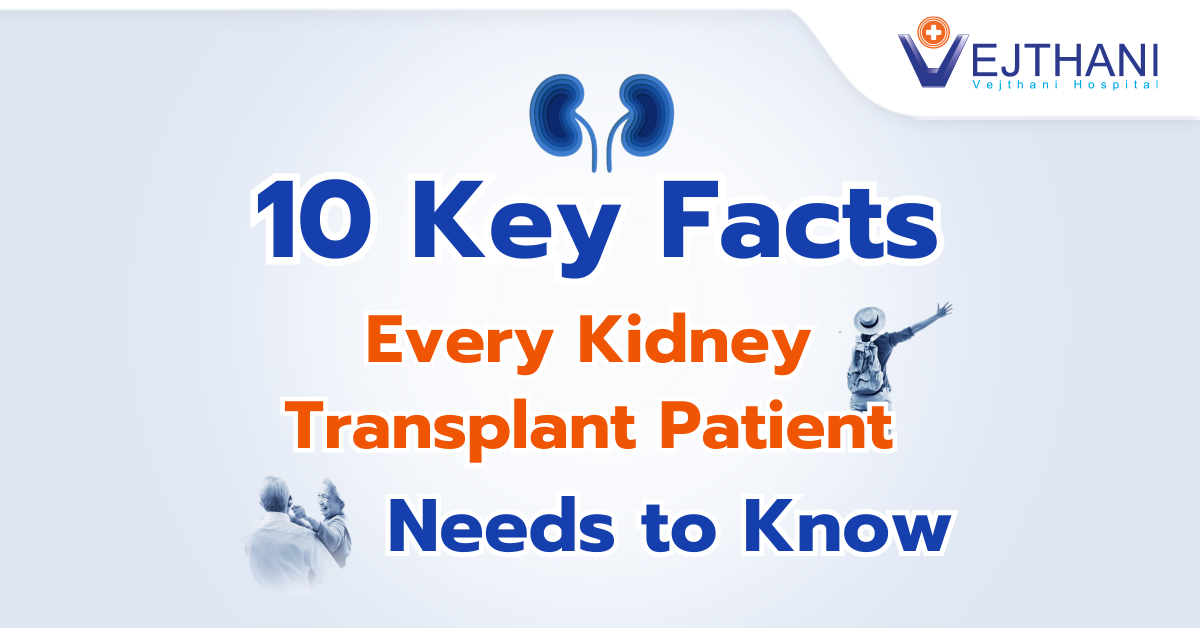
Thrombocytopenia in children
Overview
Pediatric thrombocytopenia is when there are insufficient normal platelets in the blood. Platelets are the blood component that stop bleeding and assist in blood clotting.
A child with thrombocytopenia may bleed more easily, including bruise more quickly, bleed from mucosal surfaces (nosebleeds, mouth bleeds, intestinal bleeding, urine bleeding, and/or heavy menstrual periods), and occasionally into organs.
The most frequent causes of thrombocytopenia in children are infections, particularly viral infections, and the immune system’s destruction of platelets (referred to as immunological thrombocytopenia, or ITP). Depending on the underlying cause, children with thrombocytopenia may also have decreased levels of other blood cell types, such as red and white blood cells.
Hemorrhaging excessively can be harmful and have an impact on the brain or crucial bodily processes.
Symptoms
The signs and symptoms of a child with a slightly low platelet count could not be present. The following issues could arise for children if the count falls low enough:
- Easily bruise
- Heavy bleeding from small wounds
- Heavy nosebleeds
- Bleeding gums
- Prolonged bleeding following dental work
- Heavy menstrual bleeding
- Petechiae, or little red or purple patches on the skin
- Purpura, a purple spots that resemble to bruises
- Blood in vomit, urine, or stool
Bleeding in the brain is the most dangerous sort of bleeding that can occur. Although bleeding in or around the brain cannot be seen, it can cause headaches or alter thinking or behavior.
Any serious bleeding that won’t stop after applying pressure to the area should be treated by a healthcare provider immediately.
Causes
Thrombocytopenia typically results from an underlying condition. There are two causes of thrombocytopenia:
- Bone marrow production: There are not enough platelets produced in the bone marrow, which also produces all other blood cells. Bone marrow failure syndromes or leukemia can be underlying illnesses contributing to this condition. Additionally, some medications, such as those used in chemotherapy, can prevent the bone marrow from producing enough platelets.
- Platelet destruction: In the spleen or circulation, platelets are destroyed more quickly than usual. Hypersplenism, immune thrombocytopenia, thrombotic thrombocytopenic purpura, a few autoimmune diseases, or a blood infection with bacteria can all contribute to this condition. Mild thrombocytopenia can also be brought on by pregnancy.
Several factors can lead to thrombocytopenia. Some of them are really serious and demand medical care. Others are not significant and might go away by themselves over time.
Contact Information
service@vejthani.com






















